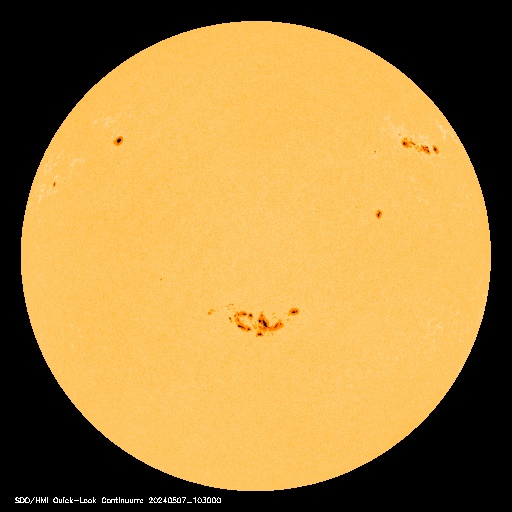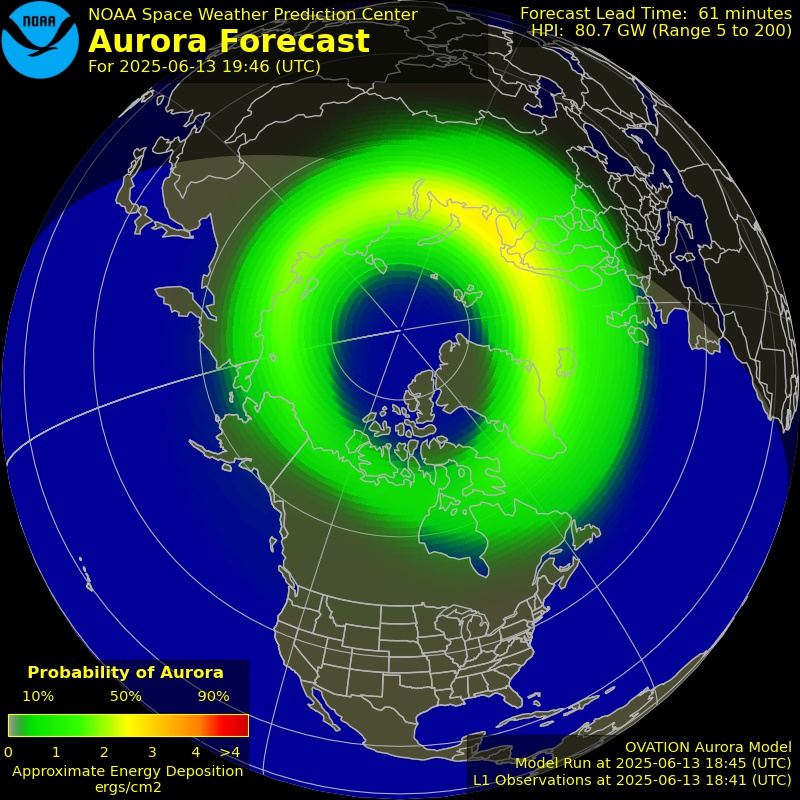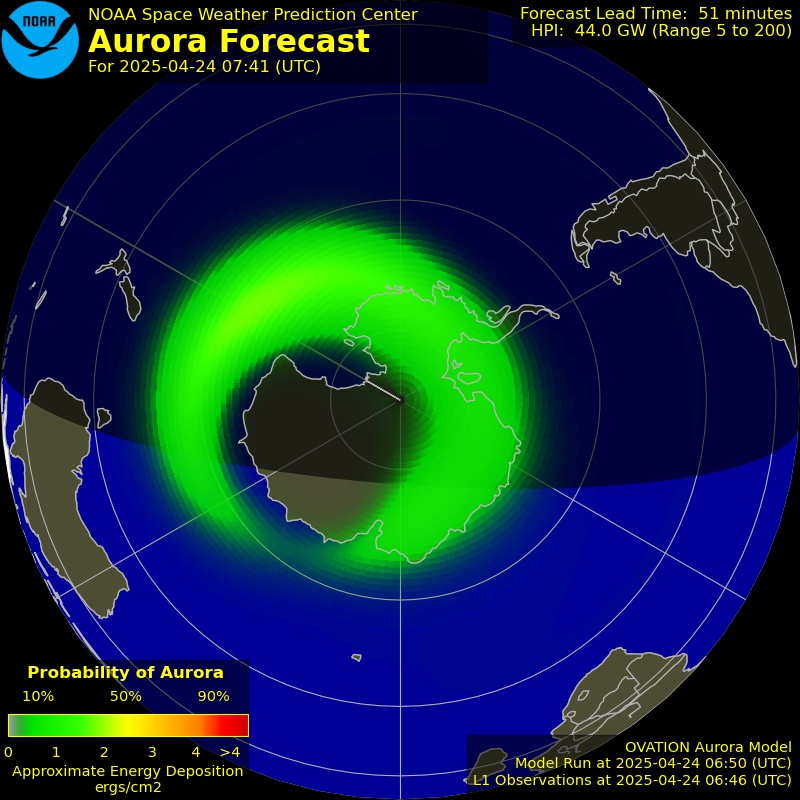
Astronomers using NASA’s Chandra X-ray Observatory have discovered the largest and brightest set of rings from X-ray light echoes ever observed. These extraordinary rings, produced by an intense flare from a neutron star, provide astronomers a rare chance to determine how far across the Milky Way galaxy the star is from Earth.
The rings appear as circles around Circinus X-1, … Read the rest of this article



























